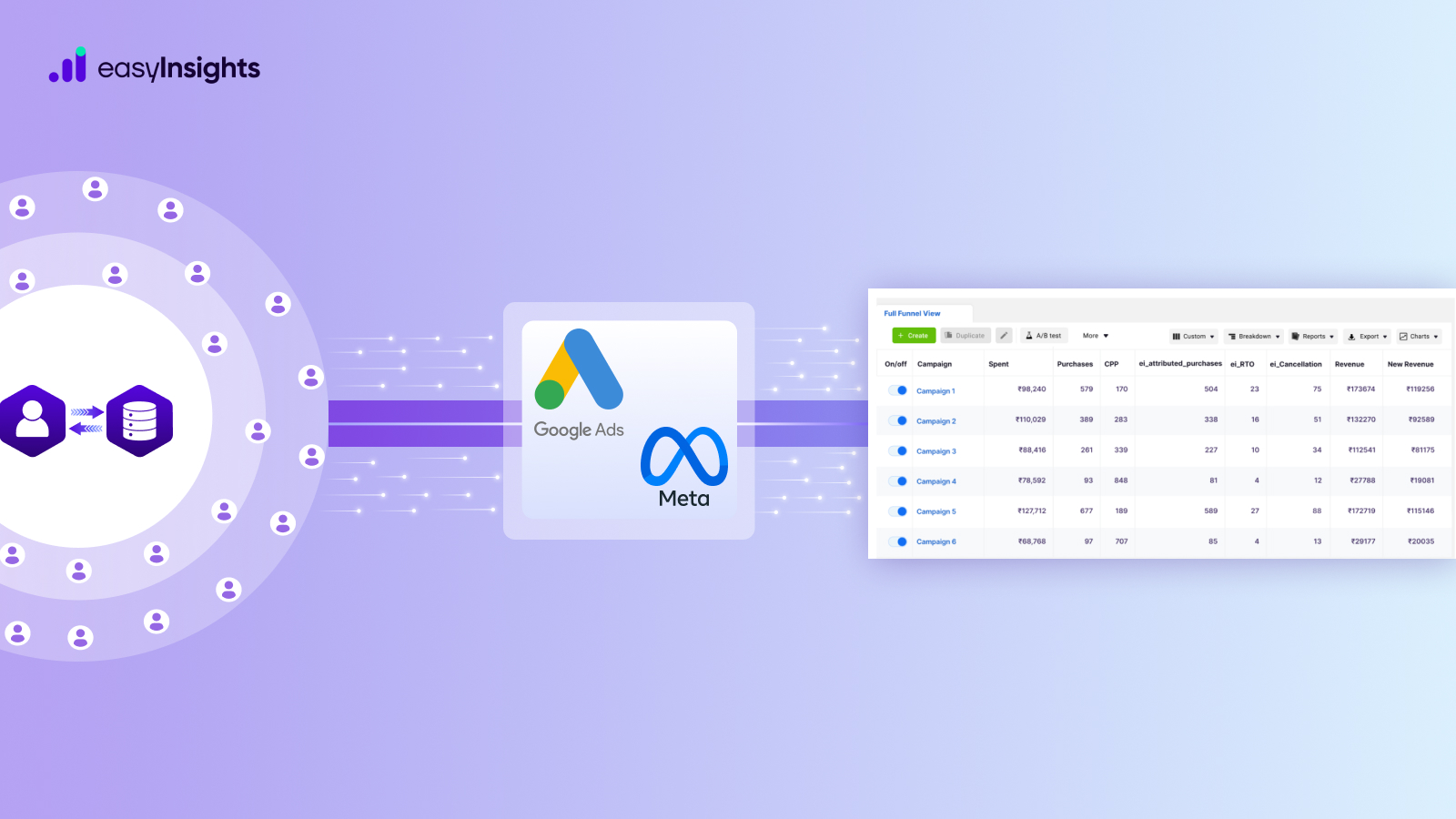
The rapid growth of e-commerce presents a huge business opportunity for companies of all sizes. According to the data released by the market research firm, Statista, e-commerce transactions will account for over 16% of global retail sales by the end of 2020. It estimates that e-commerce companies will make $4.2 trillion through the year. However, e-commerce does have its share of challenges as well.
As the competition grows, engaging customers is getting tougher for online brands. On average, it is taking longer for leads to convert into paying customers than before, and finding the right marketing channels to address growing cart abandonment at checkout is proving to be a struggle for online business owners. That is why you need a marketing strategy that is right for the audiences you want to target. Of course, you would need to keep an eye on marketing costs – on a weekly or even daily basis – to ensure that your margins are protected.

Jump ahead to:
6 Practical and Efficient Tips for E-Commerce Marketing
Here are 6 proven tips that you can use to turn visitors to your online store into loyal customers:
1. Choose the ‘mobile-first’ approach
A fluid and intuitive User Experience on your e-commerce store should be the top priority. It is a fact that more users are preferring mobile search over desktop search than before. Optimize the navigation menu of your online store keeping in mind the buying behavior of your target audience. The focus should be on minimizing distractions during check-out, in particular.
Remember: simplicity and ease of use are critical brands differentiators .

Research by Google and Nielsen shows that 77% of mobile searches happen in locations where users have access to a PC nearby. Ensure that the design of your e-commerce site is device-agnostic, i.e, it works equally well on both desktop and hand-held devices.
A dedicated mobile app can help you serve push notifications and discount offers directly to customers and increases organic conversions. Learn from the experience of the big e-commerce brands by developing a branded mobile app to complement your main online e-commerce store and provide your products with increased visibility and top of mind recall among customers.
2. Contextual marketing
You can increase the effectiveness of your paid ad campaigns by adding contextual marketing. This type of campaign targets only those webpages that have contextual information similar to that of your product. In other words, contextual ads are closely related to the content on a target site.
For example, popular tech blogs can be ideal for displaying ads for smartphones or laptops. The contextual content is chosen by automated systems based on targeted keywords. This targeted approach of e-commerce marketing can help online stores engage high-intent customers, increase conversions and repeat sales.
3. Engage customers who have abandoned a purchase
Research shows that 2 out of every 3 online orders are abandoned, on average. This is a massive challenge for e-commerce stores in terms of tied-up inventory and lost revenues. The reasons for cart abandonment are many. Some customers are not convinced that a site is legitimate and hesitate to enter their credit card or shipping information.
Others want to compare prices across multiple sites before making a decision to purchase from your brand. This is an all-too-common problem faced by e-commerce brands around the world and many, are in fact, unavoidable.
For example, shoppers exploring gift options online. An effective solution is to allow shoppers to save their preferred products or create a ‘wish list’ of products for purchase at a later date. This is particularly useful when products run out of stock. Ecommerce sites can leverage wish lists to send notifications to customers when a product becomes available once again.
To remind customers about the products in their shopping carts, they often require a little nudge from you with respect to easier registration/log-in, quick links to FAQ pages, and live chat support for any questions related to shipping costs or product description.
Enable one-step checkout or guest checkout options to provide a smoother customer experience. You can also use email follow-ups and ad retargeting to revive user interest in an abandoned order.
4. Leverage automated chatbots

From product discovery to post-purchase recommendations, chatbots can personalize the customer experience for shoppers by answering questions, providing tips, capturing requests, and routing customers to customer support agents, if required. You can reduce the cost and complexity of providing 24X7 customer support, especially when you have a modest in-house team to handle customer queries. A chatbot can simplify the task of placing and tracking orders for customers.
The result: reduced customer complaints and a better brand image
5. Fix problems with site speed and product descriptions
Fluctuating page load times is a common problem faced by e-commerce companies around the world. For customers who are always on the move, slow load times can be reason enough to never return your site again. As part of your WordPress development efforts Ensure that the WordPress themes or widgets on your site are not slowing it down. Track traffic levels regularly and hold your web hosting company accountable for slow load times to provide a consistent user experience.
6. User-generated content
User-generated content is inherently more trustworthy and authentic to customers. They usually relate to content produced by other users like themselves, rather than the claims made by marketers themselves. For your brand, user-generated content is proof that your product works. In fact, it is the online equivalent of word-of-mouth publicity.
To leverage user-generated content, ask your customers to review your products. Create product listings by uploading product details on to shopping platforms like Amazon or Shopify. This will ensure that your store grabs the attention of customers browsing through the listing resulting in faster conversions and engagement.
Test various combinations of these strategies over the next few months to develop your own template for e-commerce marketing that fits best with the needs of your audience.









